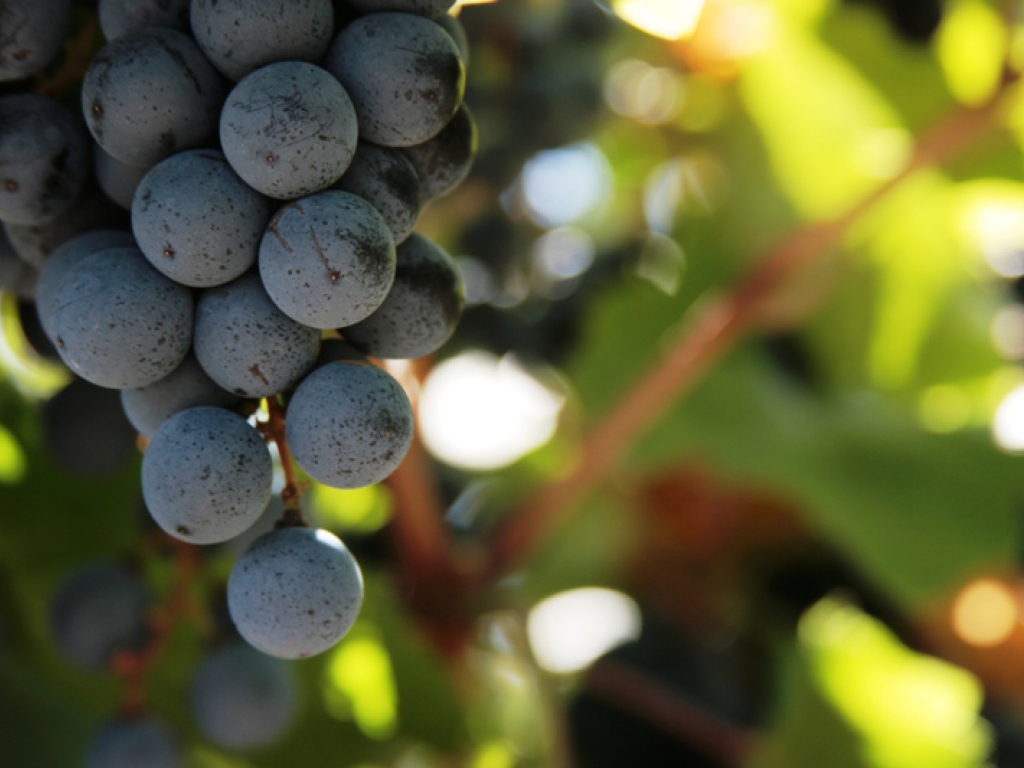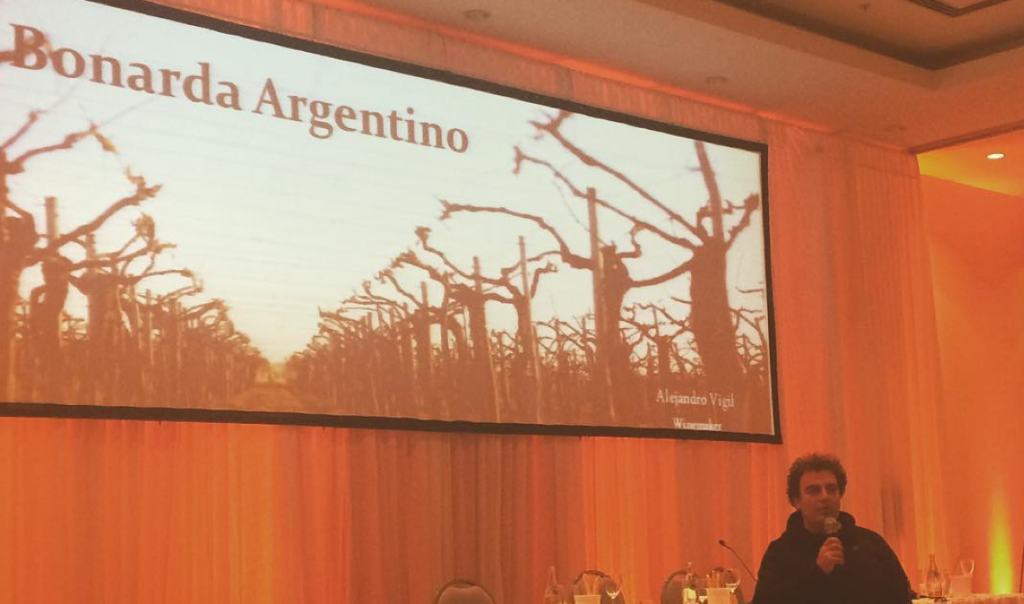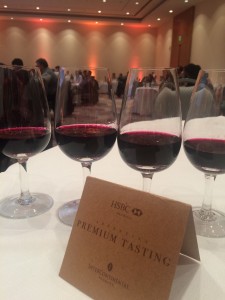Roberto González is head winemaker at Nieto Senetiner and his work with the widely planted Bonarda variety has earned him the nickname Papa Bonarda. Amanda Barnes interviews him on the variety of Bonarda in Argentina and where he sees it going in the future, as well as tasting back through some historic vintages of Nieto Senetiner Bonarda.
You have been working with Bonarda since the mid-80s, at first with Arizu winery, and since 1991 in Nieto Senetiner. How have you seen the approach to Bonarda wines change in Argentina?
Our approach to Bonarda has changed completely. Historically, as Bonarda is a very productive variety, it was only used for economic table wines and for blending into other wines. It was seen as good for increasing volume in local wines for domestic consumption. In the past, it was mainly used for clarete wines [a light red/rosé-style wine] and sometimes even for white wines. It was traditionally the vino masivo of the Republic of Argentina!
But in the 90s Argentina needed to start exporting its wines, and so we started making it for the export market. From our point of view, the way we make Bonarda has changed quite a lot, and ever since the end of the 90s we’ve been focused on making high-quality Bonarda. Today there are a lot of producers who are helping to bring up the standard and make good-quality Bonarda wines.
Tell me about the characteristics of Bonarda, and why plantations increased so much in Argentina during the mid-20th century.
Bonarda is a variety that needs a long, warm season to fully ripen. It’s hard for it to reach full maturity because of the variety itself and also because of its large yields, so it needs to be planted in warmer regions – which is why it grows so well in the east of Mendoza.
During most of the 20th century, Argentina was focussed on producing large volumes of wine, rather than quality, and Bonarda is a very productive variety – so it is good for producing large volumes. During the 70s, in particular, when Argentina had fixed grape prices, producers would go for bigger volume varieties and Bonarda was one of those.




